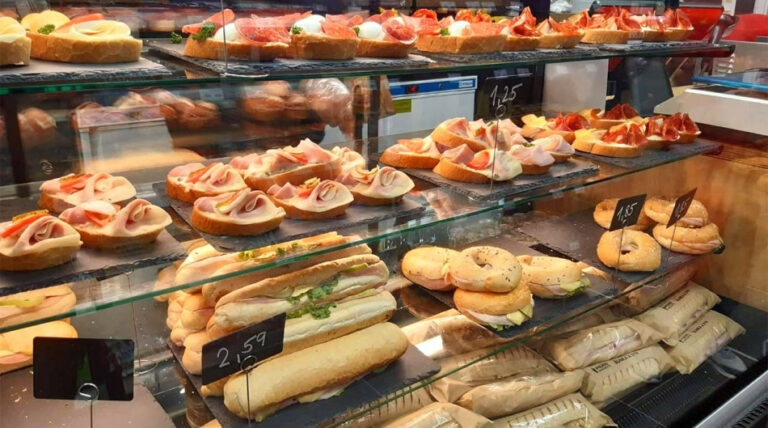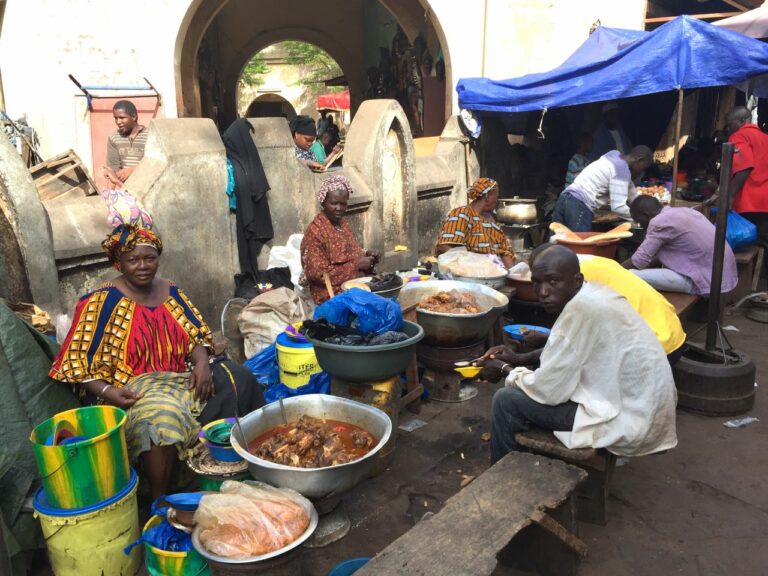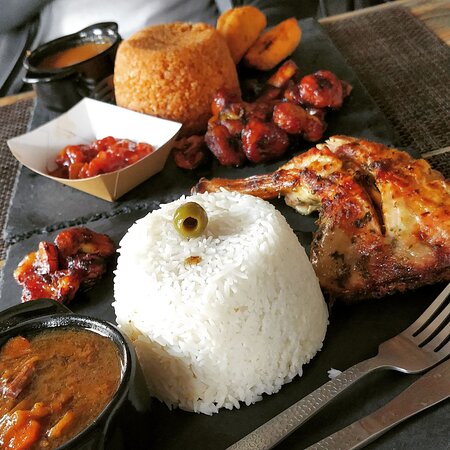Introduction: The World of Street Food
Street food is a vital part of the food culture in many countries, including Mali. This type of food is readily available, affordable, and easily accessible to everyone, especially in cities and towns. Street food markets and festivals offer a unique opportunity to explore different types of foods and experience local cultures. These events can be a great way to spend a day, socialize, and enjoy some of the best food that a city has to offer.
Discovering Street Food Culture in Mali
Mali is a West African country that boasts a rich culinary heritage. The cuisine of Mali is a reflection of its diverse cultural influences, which include Arabic, French, and indigenous traditions. Malian food is known for its bold flavors, spices, and use of local ingredients such as millet, rice, and peanuts. Street food is an integral part of Malian food culture, and there are several markets and festivals dedicated to it across the country.
Malian Street Food: What to Expect
Malian street food is a diverse and flavorful experience. Some of the most popular dishes include rice and peanut stew, grilled meat and fish, and bean and vegetable stews. Street food vendors often sell these dishes alongside a variety of drinks, including fresh juices and teas. Malian street food is known for being affordable, and you can expect to find plenty of options for under $5.
Exploring Street Food Markets in Mali
Mali has several street food markets where you can experience the country’s unique culinary offerings. The Sogolon Market in Bamako is a bustling market that sells a range of food, clothing, and household goods. The market has several food stalls selling Malian dishes, including grilled meat, fish, and vegetables. The market is open every day except Monday.
The Marché des Fruits et Légumes in Sikasso is another popular market that sells fresh produce and street food. The market is open every day and is a great place to sample Malian dishes such as rice and peanut stew and fish kebabs.
Must-Visit Street Food Festivals in Mali
Mali has several street food festivals that are a must-visit for foodies. The Festival sur le Niger, which takes place in Ségou in February, is one of the most popular food festivals in the country. The festival celebrates Malian culture and arts and features a range of food stalls selling local dishes.
The Festival du Tienba, which takes place in the town of Koutiala in April, is another popular food festival. The festival celebrates the end of the harvest season and features a range of food stalls selling traditional Malian dishes.
Conclusion: Experiencing the Best of Malian Street Food
Malian street food is a delicious and affordable way to experience the country’s culinary heritage. Whether you’re exploring the street food markets in Bamako or attending one of the many food festivals across the country, you’re sure to find plenty of tasty options to try. So, if you’re visiting Mali, be sure to take some time to explore the street food scene and taste some of the best food the country has to offer.




